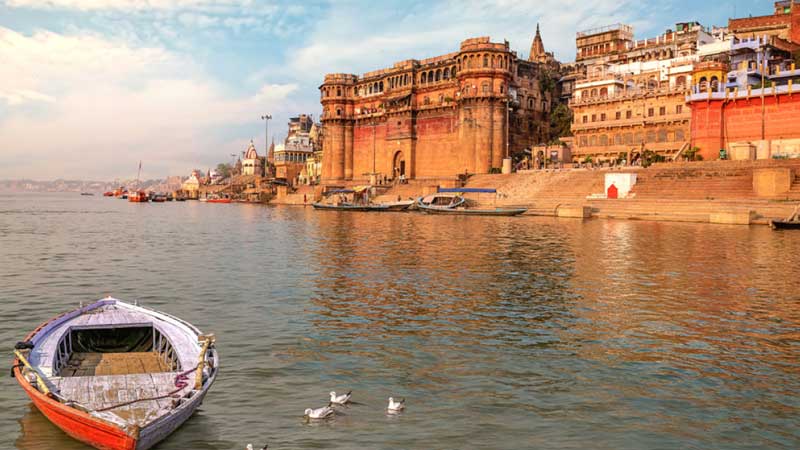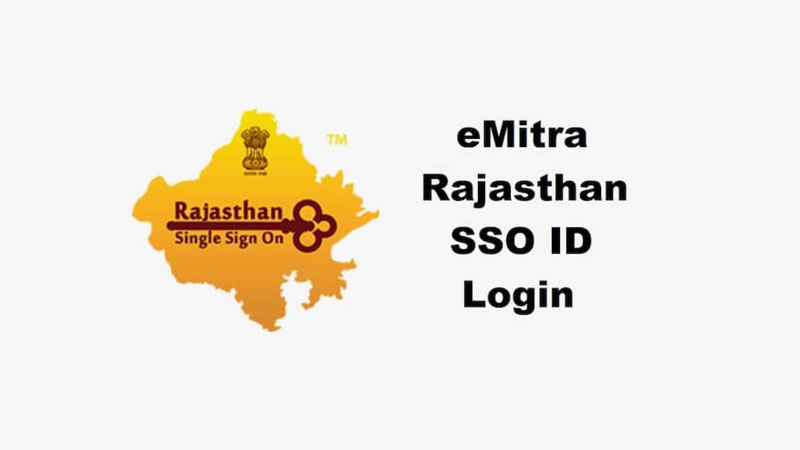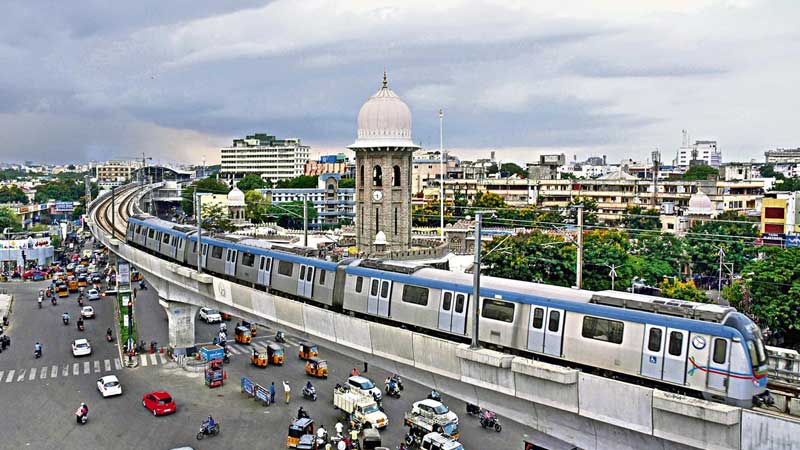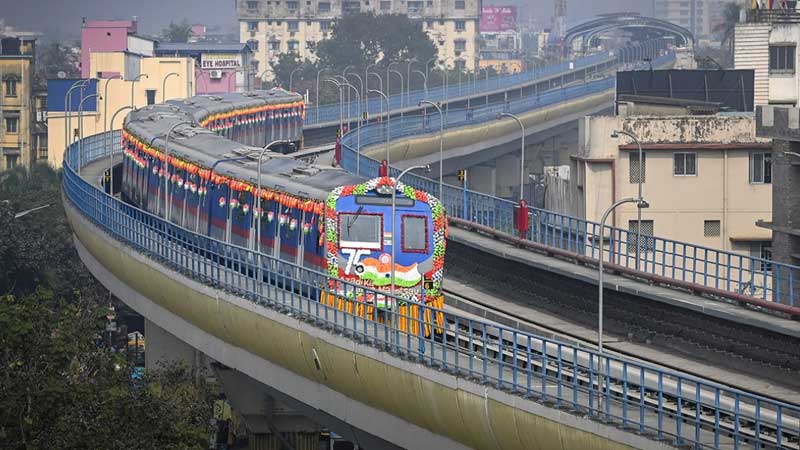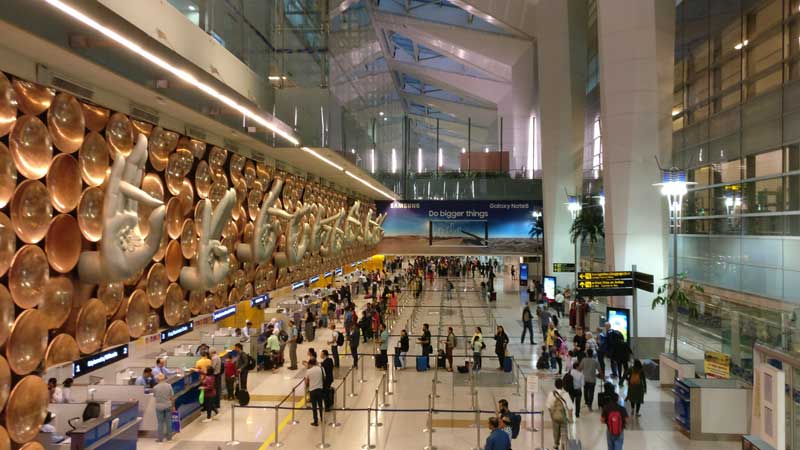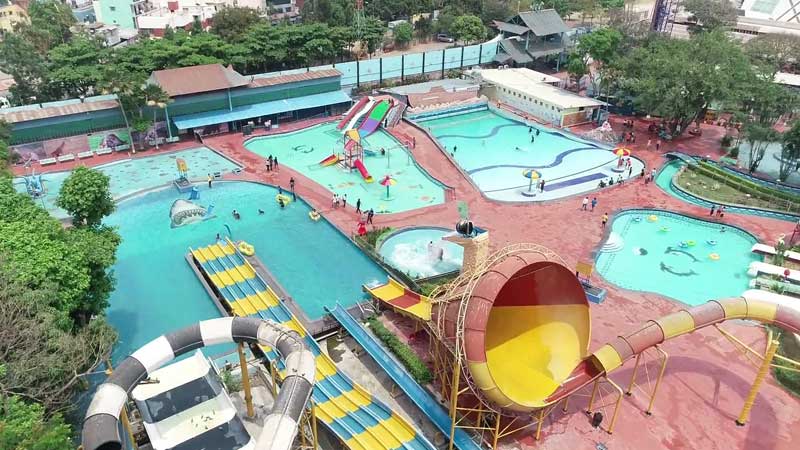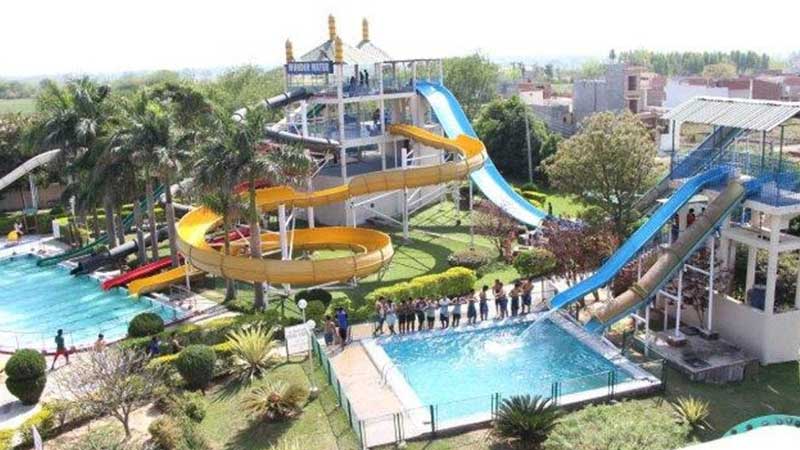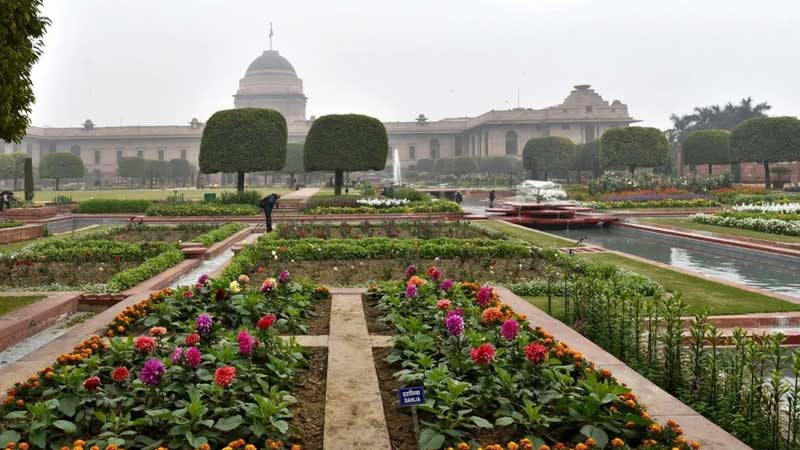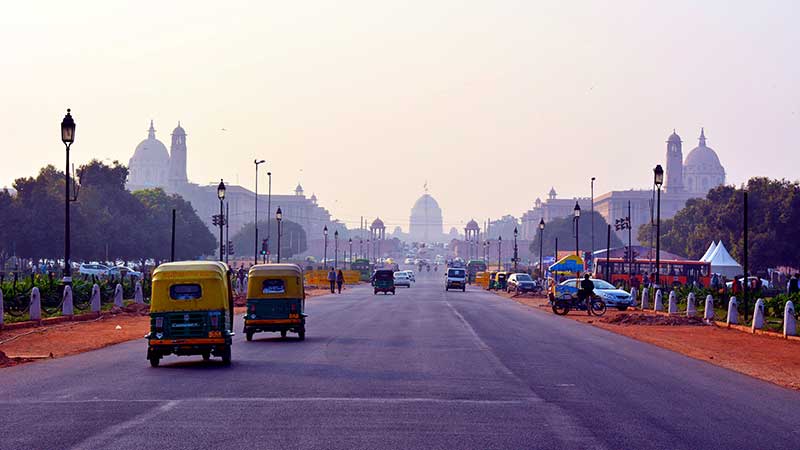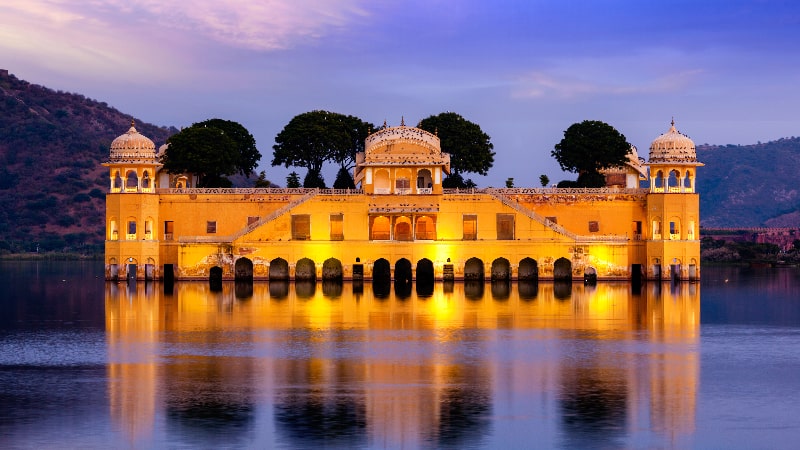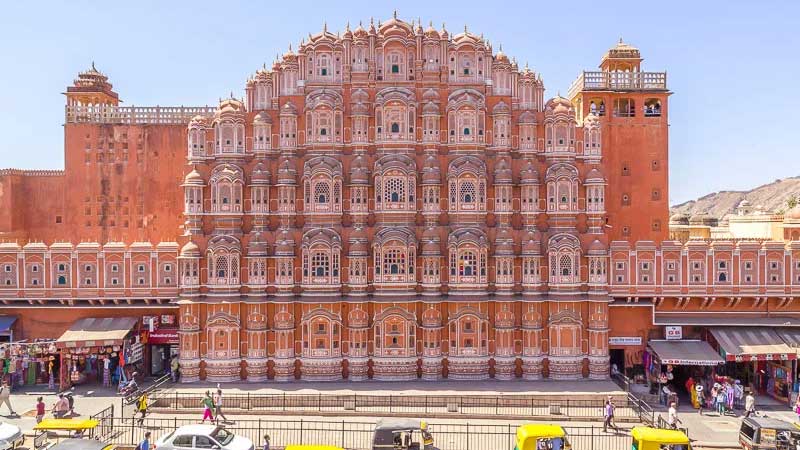Unveiling the Enchanting Rivers of India: Nature's Lifelines Beckon
Table of Contents
Longest River in India
If you're looking for a country that is blessed with stunning bodies of water - look no further than India! With an abundance of picturesque rivers meandering through its magnificent territories for countless years- they have become an inseparable part of Indian culture, history, lifestyle. These natural resources represent more than just water; they are considered gifts from nature and thus authentically respected by people over time.
India is home to numerous iconic rivers whose origins stem from massive mountain ranges & flow all the way towards the ocean - their journey marking several regions and people in between. One such river is ganga – considered among Hindus as a holy river that represents purification & salvation. On the other hand, Brahmaputra has its own fascinating story as it flows through India primarily as well as Bangladesh and China simultaneously; thus reflecting upon several cultures' influence on this resource.
Also Read: Biggest Airport in India
The land near these waters isn't just lush-green and helps provide livelihoods to millions but also has witnessed several critical points influencing us even today! Be it historic battles being fought near these rivers or saints' selfless sacrifices; each story unfolding on their banks remain etched forever in their minds. Moreover, many avid writers flocked near these bewitching beauties to gather inspiration for creating some significant literary pieces attributed to this land - Sayings like 'Discovery entails finding paradoxes.' Which means Exploring India's rivers is all about unlocking a couple of mysterious facets backed by centuries of traditions and unconventional stories.
Ganges River - The Biggest River in India
India's longest river, the ganga, holds a significant amount of significance. The river is around 1,569 kilometres long and originates from a glacier in the Himalayas in the state of Uttarakhand. Many Indians place great importance on the Ganga River. It is revered by them as a deity. It supports the people and the soil in northern India as it flows through there.
Beyond merely being a river with water flowing through it, the ganga has a unique significance. Many cultures and faiths place a great deal of importance on this spiritual journey. Important cities including Rishikesh, Haridwar, Varanasi, and Allahabad are traversed by the river. Many individuals travel to these towns to take river baths and improve their spiritual well-being. Some people believe that the river descended from the sky to erase people's transgressions and aid its lovers.
Because it promotes grain growth, the ganga river is crucial for farmers in the Gangetic plains. Some faiths place a lot of emphasis on it. Many farmers use the water from this source to cultivate crops including sugarcane, wheat, and rice. The people who fish and transport objects on the river rely on it for their livelihoods.
The Ganga River has certain challenges, nevertheless. The rapid development of towns and companies, together with the discharge of dangerous substances and contaminated water, has disrupted the environment's delicate ecological balance. To solve the issues with the river, people are working really hard. They are accomplishing this by launching a unique programme named "Namami Gange" to restore the health of the river.
Hinduism regards the Ganga river as sacred because of its connection to the deepest sense of being, purity, and heavenly favours. It is acknowledged that bathing in the Ganga's holy waters can atone for sins, provide spiritual refinement, and promote liberation from the cycle of birth and death. The ganga river continues to be a significant emblem of India's history and natural environment despite its troubles. This demonstrates the deep affection and connection Indians have for their rivers. Because of its history and culture, the ganga is a very significant and special river to many people. People can feel content and joyful thanks to its great power. It continues to flow and will always be accessible to people in need.
Top 10 Biggest Rivers in India
The top 10 rivers in India by length and discharge are as follows:
| Name of River | Length in KM |
| River Ganga | 2,525 KM |
| The Godavari | 1,465 KM |
| The Krishna | 1,400 KM |
| The Yamuna | 1,376 KM |
| The Narmada | 1,312 KM |
| The Brahmaputra | 916 KM |
| The Mahanadi | 858 KM |
| The Kaveri | 805 KM |
| The Indus | 318 KM |
| Tapti River | 700 KM |
Ganges River - 1st Longest River in India
India places a great deal of importance on the 2,525-kilometer-long Ganga River. It passes across India's northern region. It is highly revered both culturally and spiritually, and many people go there to bathe in the water to purify themselves. Beginning in the highlands and flowing all the way to the sea is the Ganga river. The river is associated with a variety of religious sentiments.
The Godavari - 2nd Longest River in India
Peninsular India is home to the extremely long Godavari River. Its length is 1,465 km. It travels across Telangana and Andhra Pradesh after beginning in Maharashtra. For farming and culture, it's crucial. Because it is lovely and beneficial to the ecology, the Godavari is a highly significant river that many people like. For millions of individuals, it functions as a lifeline.
The Krishna - 3rd Longest River in India
A river named the Krishna River originates in Karnataka's Western Ghats and travels for over 1,400 km. In Karnataka, Maharashtra, and Andhra Pradesh, it is a crucial river. The Krishna River is lovely and beneficial to farmers. For those who reside nearby, it is crucial.
The Yamuna - 4th Longest River in India
A sizable river that is a member of the ganga river system is the Yamuna River. Its length is around 1,376 km. The river is immensely significant to culture and history and flows through numerous states. For many, the Yamuna is a sacred river that has great significance.
The Narmada - 5th Longest River in India
The Narmada River is a very long river that flows through the Indian states of Gujarat, Maharashtra, and Madhya Pradesh. The Narmada River is exceedingly lovely and significant to many people's cultures and religions. Due to its stunning natural beauty, people prefer to visit the lovely marble rocks in Jabalpur, which are considered to be a very sacred river.
The Brahmaputra - 6th Longest River in India
Beginning in Tibet, the Brahmaputra River travels through Arunachal Pradesh before entering India. It travels 916 km through India. This river is incredibly large and powerful. Prior to entering the Ganga in Bangladesh, it passes through Assam. Both nature and humanity rely heavily on the Brahmaputra River. The land and the way people live where it passes through are affected.
The Mahanadi - 7th Longest River in India
The Odisha state is traversed by the 858-kilometer-long Mahanadi River, which is a lengthy river in eastern India. It greatly benefits the local farmers, the employment of residents, and the diversity of living creatures. The Mahanadi River originates in the highlands of Chhattisgarh and has a significant role in the local economies and societies.
The Kaveri - 8th Longest River in India
The Kaveri River originates in Karnataka and flows for roughly 800 km through Tamil Nadu and Puducherry. Because it has a rich history and culture, the Kaveri river is revered as sanctified by the people of South India. It provides water, aids in agricultural growth for farmers, and instills a strong sense of loyalty in many individuals.
The Indus - 9th Longest River in India
Long and traversing sections of Pakistan and India is the Indus River. Many locals who depend on the river for activities like farming and transportation consider it to be a significant river. The Indus River originates in Tibet and travels 318 km through Jammu and Kashmir before entering India. Even though the majority of the Indus does not originate in India, it is a historic river and is significant. It was crucial in forging ancient cultures and communities.
Tapti River - 10th Longest River in India
Rising in the Satpura Range of Madhya Pradesh, the Tapti swash flows through Maharashtra and Gujarat before incorporating into the Arabian Sea. It's known for its scenic beauty and plays a significant part in irrigation.
Rivers: India's lifeline
- Cultural Assets: In India, rivers have a significant cultural and religious significance. They are regarded as deities, and they are an integral part of a variety of festivals and rituals that help people reconnect with their spiritual roots.
- Supply of water: The majority of the water needed for domestic, industrial, and agricultural purposes comes from rivers. They sustain the livelihoods of millions by providing water for drinking, cooking, and sanitation, as well as irrigation for crops, ensuring food security.
- Hub for transportation: Natural waterways like the Ganges, Brahmaputra, and Yamuna make it easier to trade and travel between different regions. They have historically been used to boost economic activity, connect inland regions to coastal ports, and ship goods.
- Hotspots for biodiversity: Numerous species of plants and animals rely on the lifelines provided by rivers, which contain diverse ecosystems. They give living spaces to oceanic organic entities, support wetlands, and add to the by and large environmental equilibrium, cultivating biodiversity preservation.
- Tourism and recreation: Tourists from all over the world flock to rivers because they provide opportunities for boating, rafting, and fishing as forms of recreation. They are popular destinations because of their scenic beauty and the historical and cultural sites along their banks. This boosts local economies and encourages tourism.
Five key Rivers in India
- Sacred Ganges: The Ganges or Ganga is not just a river; Millions of people consider it a divine being. Imagine the story of a young girl who embarks on a spiritual journey along the banks of the Ganges, meets mysterious creatures, and gains wisdom from the river itself. The story explores themes such as faith, salvation, and the healing power of nature.
- Magnificent Brahmaputra: The Brahmaputra River flows through the northeastern region of India and passes through amazing landscapes. Imagine a group of adventurers on an exciting expedition along the river, battling treacherous rapids, exploring remote villages and uncovering hidden legends. This story can illuminate the spirit of discovery, the diversity of cultures, and the resilience of the people living in the region.
- Mysterious Narmada: The Indian people place a great deal of cultural and religious significance on the Narmada River. In Hindu mythology, it is regarded as sacred and adored, and ancient texts frequently refer to it as the "Reva." As part of their religious journey, pilgrims complete the Narmada Parikrama, a holy river cruise. Different sanctuaries, ghats and holy destinations are situated along the waterway's course, drawing in aficionados and travelers the same.
- The stunning Yamuna: The Yamuna River flows from the plains of northern India and passes famous landmarks like the Taj Mahal. In this creative piece, a disaffected artist finds inspiration and solace by spending time by the Yamuna. With the eyes of an artist, readers could feel the changing mood of the river, its reflection on the surrounding monuments, the bitter and sweet perception of the passing of days.
- Adventurous Kaveri: The Kaveri River flows through the southern states of Karnataka and Tamil Nadu, home to vast agricultural areas and ancient civilizations. Imagine a young hero embarking on a daring quest to discover the secret behind Kaveri's rejuvenating properties. On their journey, they meet mythical creatures and sages and learn more about the delicate balance between man and nature
Conclusion
In conclusion, the geography, culture, and ecology of India are significantly influenced by its main rivers, including the ganga, Brahmaputra, Yamuna, Godavari, Krishna, Narmada, Mahanadi, Kaveri, Tapti, and Indus. Large rivers alter the landscape, provide water for plants to thrive, support the existence of many different species of animals, and are particularly significant to certain people's cultures and beliefs. Many cultures have come and gone, and many people rely on their water to live and make a living. Despite the challenges posed by pollution and nearby residents, individuals are attempting to restore the health of contaminated waterways.
